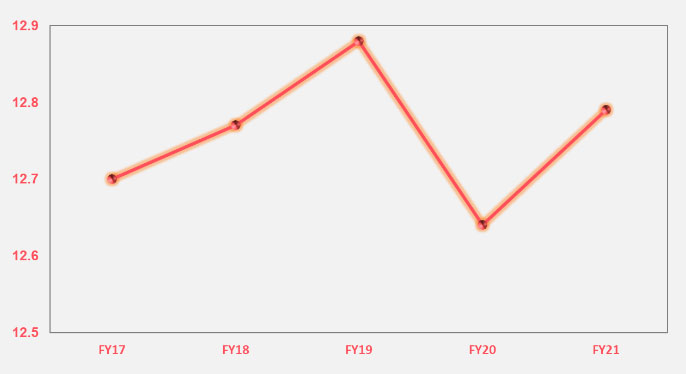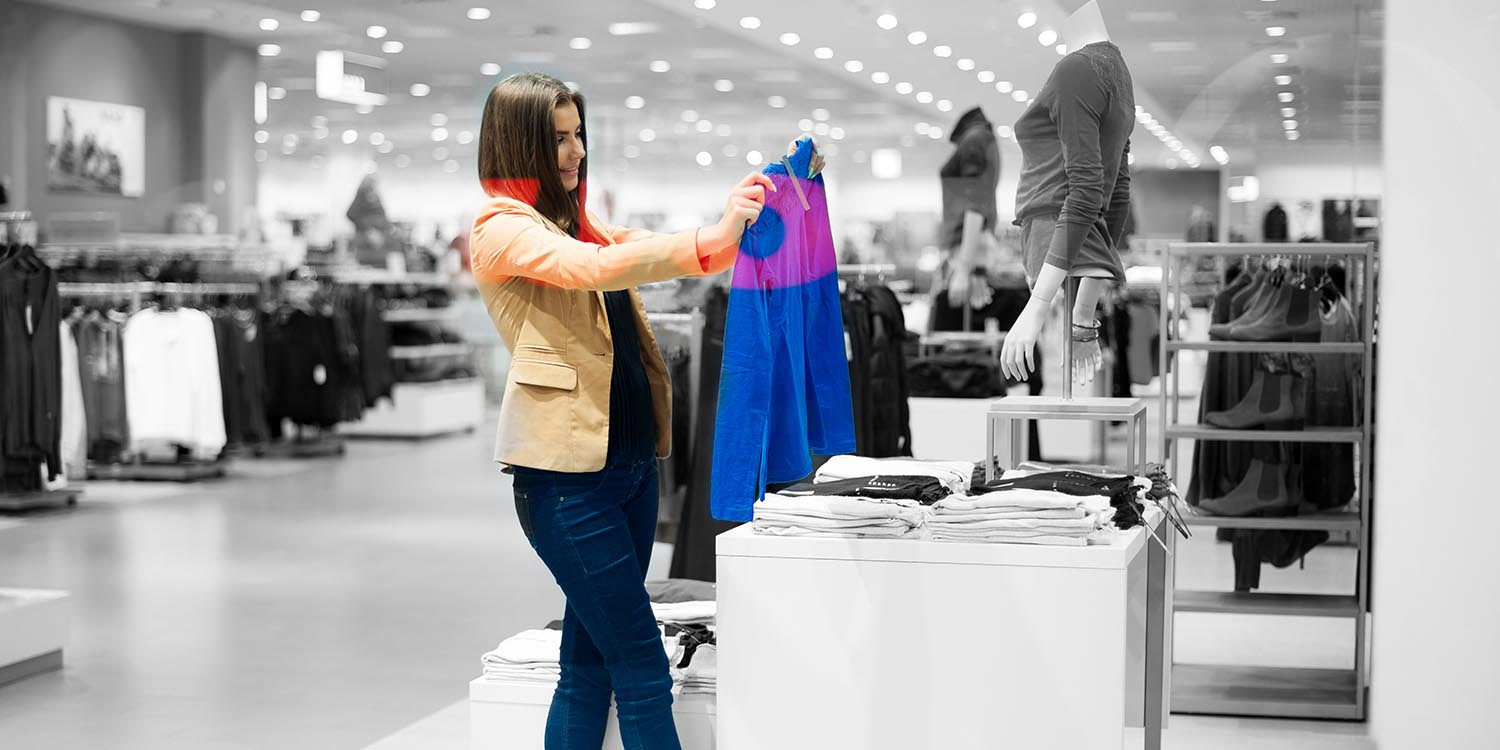Vigneshkumar Dhandapani, Consultant at Avalon Consulting discusses about retail sector and its growth in the years to come. The article also briefly touches on how the sector has been performing historically and the factors guiding to the growth of the sector.

India’s retail sector’s size was estimated to be USD 835.9 Billion in FY22. The sector is expected to grow at a fast clip and reach USD 2 Trillion in value by 2032. India’s retail sector is on the brink of an exponential transformation with median age of India’s population at 28.7 years, internet penetration almost at ~50% and an increasingly conscious consumer.
To put things into perspective, let us look at some key numbers:
- India’s Private Final Household Expenditure was ~ INR 120 Trillion in FY21 – a covid disrupted year – and up from ~ INR 113 Trillion in FY19 – a normal pre-covid year, and has been only increasing since FY21
- Out of this expenditure, ~30% share belonged to the consumption of Food and Non-Alcoholic beverages
- During the same period, the number of modern stores operated by some key Indian players across segments – DMart, Reliance Retail, Spencer’s, Trent, etc. – increased tremendously. For example, the number of stores operated by DMart went up from 176 (FY19) to 234 (FY21).
- Also, it is expected that e-commerce’s penetration in the overall retail sector would increase to 9-10% by FY27, from about 5% in FY22
From the above data points, it can be inferred that the shopping habits are moving towards the Modern Retail stores and E-commerce. This trend is especially significant for the local, neighbourhood kirana stores as some of their regular consumers for daily grocery needs would soon be adopting or would have already adopted the organised retail format or e-commerce. The number of kirana stores from FY17 to FY21 points towards this trend:
Number of Traditional Grocery Stores (Mn. Outlets)

Source: India Consumer Goods and Retail Sector 2022/2023, An EMIS Insights Industry Report
In this context, it becomes very important for these unorganized players to reassess their decades-old business model and realign themselves to stay relevant in the changing retail scenario.
Before coining solutions to stay relevant, it is important to understand why there has been a shift away from the kirana stores :
- One-Stop-Shop: Modern retail stores and e-commerce platforms hold a wide range of SKUs across consumer needs and at varying price points
- Convenience: Modern retail stores, due to their huge size, offer convenience to consumers in terms of clear product visibility, wide-aisles, air-conditioned spaces and on-demand, in-store service – all leading to an enhanced shopping experience. While for e-commerce, the convenience factor comes in from the choice of ordering from anywhere, anything and to any place.
- Price: For modern retail stores, bulk-buying from distributors or the manufacturers helps in reducing the buying costs and therefore pass on the products at discounted prices to the consumers. This is not generally true for buying through e-commerce though due to the logistics involved.
- Quality Perception: Modern retail stores and e-commerce players replenish their products regularly and stock them hygienically, thereby keeping the products aligned with their shelf-lives. Such practices driven through technology-driven inventory management tools, help these players have a good quality perception amongst their consumers.
With this context, the Kirana store owners would broadly have 2 options to thrive upon:
- Compete
- Integrate
Let us look at the opportunities under each of these options that the Kirana store owners can explore:
The Compete Option
- Local e-commerce platforms
The advantage that local kirana stores have is that the neighbourhood consumers are familiar and trust the ecosystem. With this familiarity as an advantage, the store owners at an area or a node level can collaborate and create a local e-commerce platform with the help of a technology partner. This technological upgrade can not only help the kirana stores increase their outreach locally but would also have a positive ripple effect on the store infrastructure and their inventory management methods. - Mini-Supermarkets
Today, an average Indian consumer shopping at the modern retail stores or through e-commerce, goes primarily for bulk buying at periodic intervals. Also, in the case of modern retail stores, since they are huge and capital intensive, these are generally limited in number (1 to 2) per designated area. What consumers lack today is organized retail outlets at an easily accessible distance. Kirana store owners can tap this weakness and collaborate with other similar store owners in the neighbourhood to create a mini-supermarket – a modern retail store that is small in size and stocks SKUs as per the need of the local consumers, and yet provides the same level of service as a mega modern retail store. Consumers at such outlets can not only go for bulk purchases but also carry out last-minute or impulse shopping.
The Integrate Option
- Franchisee
The easiest way to collaborate with modern retail chains for kirana stores would be to explore a franchisee model with the retail chain. While this would need a substantial capital investment in terms of space, the transition towards managing a modern retail outlet would be similar to managing a kirana store for the owner, albeit with systemic and infrastructural upgrades. Franchise model would be a win-win for both the kirana store owner and the modern retail chain, as not only the kirana store would get a relevant makeover but also the retail chain would enhance its geographical reach. - E-commerce fulfilment
While this is the most oblique option, nevertheless, if the local neighbourhood sees high volumes of ecommerce deliveries – especially in the groceries space – kirana stores, who mainly handle such products, can operate as dark stores for hyperlocal e-commerce players. However, the challenge here for the kirana store owner would be completely quitting the unorganised retailing space and get into an area of the e-commerce value chain that demands different skill sets – space management, agility and deriving insights with the aid of technology.
A major risk factor is the huge inertia in the existing kirana ecosystem could impede this transformation. This is where the modern retail chains and e-commerce players have an opportunity, and support these key players for the change in terms of credit support, processes and technology upgrades. And that would take India towards non-stop retailing!







